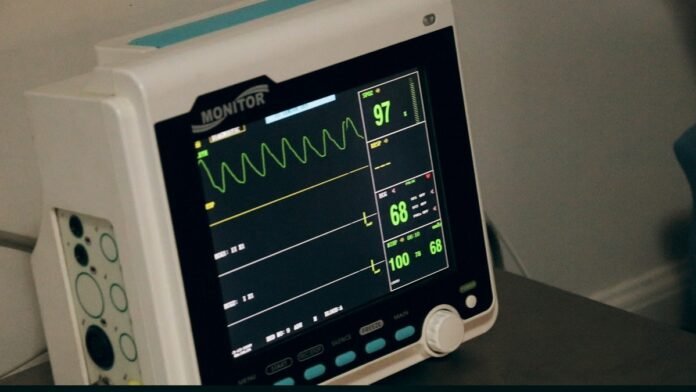When people fall sick or get injured abroad, they must be transported back home. It can be done by road in a long-distance ambulance, air in an airline stretcher, or specialized medical aircraft. Many people require repatriation services, Whether traveling for work or visiting friends. The service can help them avoid costly healthcare debt by transferring their health insurance benefits to their home country.
Rapid Response & Special Missions
Whether a patient needs to be repatriated after a medical emergency or to return to their country of residence following a natural disaster, specialized air ambulances can provide quick and safe transport to help with global healthcare management. These are usually fixed-wing planes staffed by flight medical teams and designed to accommodate patients who need to be transported in a lying-down position. Most options allow family members to accompany patients regardless of the transport option. It’s crucial when the repatriated person has been hospitalized since they will likely need support and encouragement to get well.
The process of arranging medical repatriation services is complicated and requires close coordination among medical professionals, insurance providers, and repatriation companies. The steps involved are akin to a chess game, carefully calculating each move to ensure a timely and safe journey back to familiar healthcare systems. Getting this right in understanding expert medical repatriation services – safely bringing patients home for further care can make all the difference in a patient’s recovery and overall well-being.
How It Works
Many people injured or stricken with an illness in another country will need to be medically repatriated home. The insurance companies that offer international travel health care will have an assistance service to help people get home when needed. A representative from the company will speak to the patient’s medical provider and identify if repatriation is necessary. If it is, they will open a case and find an airline flight accommodating a stretcher.
Patients often decide to be medically repatriated because they need specialty treatment that isn’t available in their new location or want to avoid significant healthcare debt. It’s true for people traveling on business or leisure who may have healthcare coverage not accepted by the facilities they visit. Air ambulance services and life flights are usually leveraged to bring these patients back to their homelands. Their in-network providers will then treat them.
Airline Stretcher Transport
Airline stretcher flights are available for patients who can’t fly in a regular airline seat but must lie down for the entire flight. This option takes advantage of the exact medical escort and optimizations as a private air ambulance. Still, it utilizes an FAA-approved commercial passenger airplane that can accommodate a stretcher instead of a block of six to nine Economy seats. International nonemergency stretcher flights save patients and families thousands of dollars compared to the cost of private air ambulances. It’s ideal for patients who can’t maintain a sitting position during the flight and want to travel with family members. An onboard medical team will help patients navigate security and board the aircraft, and they will stay with the patient throughout the trip. The team will also assist with ground transportation at the destination. These flights can accommodate most medical equipment, including portable ventilators. However, they cannot transport oxygen tanks. This service is available for both BLS and ALS patients.
Critical Care Transport
Critical care transport (CCT) is a hospital-based program that provides intensive-care-unit-level treatment during transfers between healthcare facilities. Transports can occur on the ground in specially equipped ambulances or by air in helicopters and jet aircraft.
Patients requiring CCT need monitoring and treatments beyond the scope of paramedics, requiring a team of transport nurses to be transported with the patient. Transport nurses work to provide care during the transfer process, and they often have to be prepared for rapid changes in the patient’s condition en route to their destination.
Read More Here



